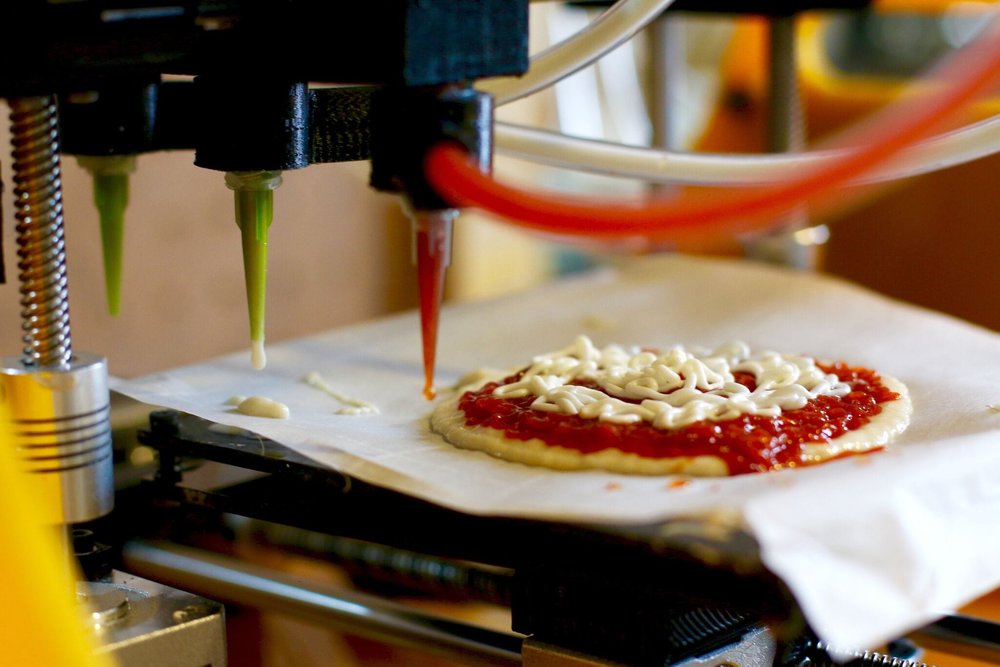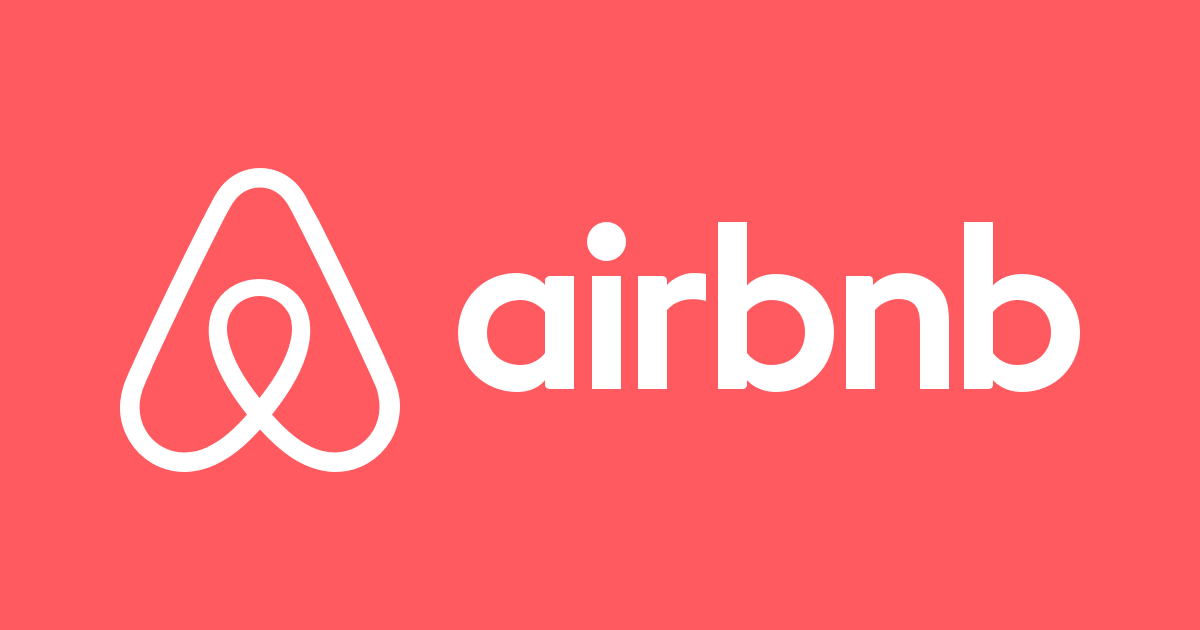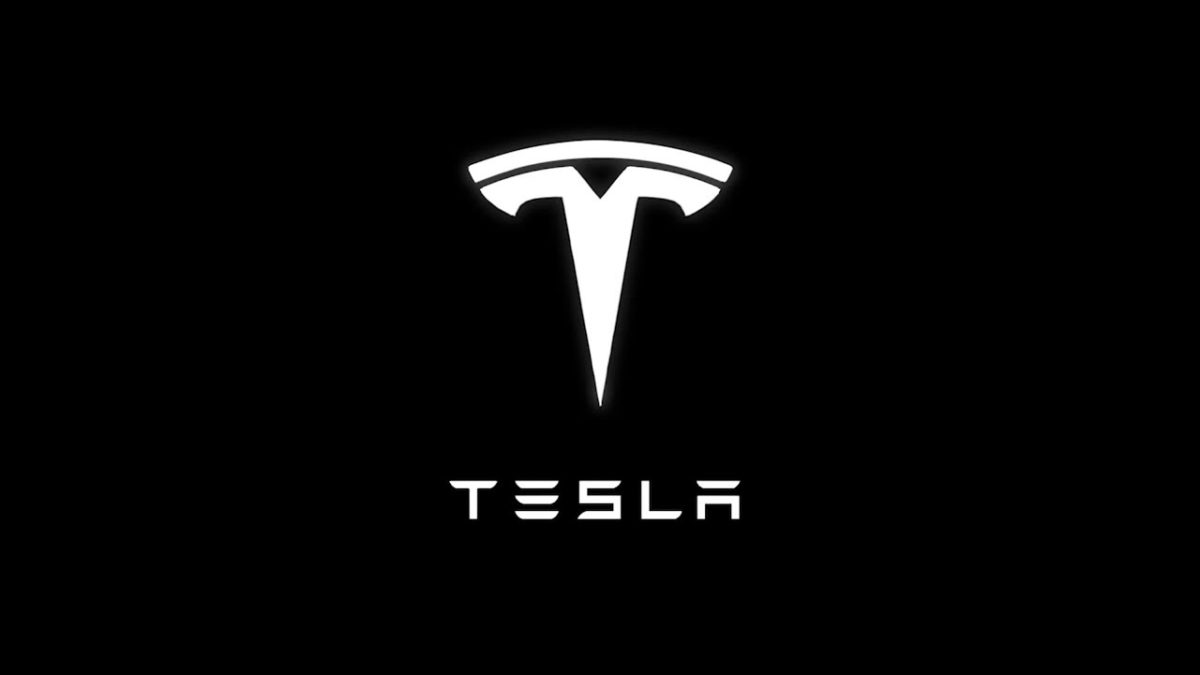
The digitization of businesses brings threats and opportunities. The threats are mostly felt by established companies. Established companies are threaten by new entrants with a digital business model with great content, customer experience and digital platform. The importance of digital business models is rapidly increasing. There is a trend of digital natives consumers nowadays demand a brilliant digital experience while interacting with businesses (Weill and Woerner, 2013). These trends require businesses to transform digitally. I think that just like how Facebook, Apple and Uber disrupted markets by creating a platform with complementary services, banks should also provide complementary services next to their own products and services. If they don’t they will continue losing customers to companies that do incorporate a digitalized shared platform like Apple and Google (Weill and Woerner, 2015).
A good example of a bank who started investing massively in fintech, providing financial services by using software and modern technology, is the French bank BNP Paribas. Its three year transformation plan is yet the most ambitious and costly investment made public in the financial services industry. Their 3 billion investment will go into tech labs, new internally developed apps and platforms. This to enable customers to access its services online, efficiently use its data and become more adaptable to change. They are expecting to generate 3.4 billion euros in saving in 2020 and after that 2.7 billion euros in annual savings (Williams-Grut, 2017).
The results show that the net income in comparison to last year’s decreased by 0.1%, however this is pretty low when we look at the major investment they made in 2017. In addition to this the net income has increased by 53% in comparison to the previous quarter this year. This shows that that the bank is on track for its 2020 objective (Amaro, 2018). This shows that it is not the end of banks yet, but major investments are required to transform existing operations and fend of disrupters. However challenges remain, especially in the corporate and investment banking. These are the areas that require more assessment and critical evidence-based decision-making.
Author: 431453mt
Sources:
Amaro, S. (2018). BNP Paribas profit beats expectations despite investment bank weakness. Accessed on 12 oktober 2018, from https://www.cnbc.com/2018/08/01/bnp-paribas-q2-2018.html
Weill, P., & Woerner, S. L. 2013. Optimizing your digital business model. MIT Sloan Management Review, 54(3), 71
Weill, P., & Woerner, S. L. 2015. Thriving in an increasingly digital ecosystem. MIT Sloan Management Review, 56(4), 27
Williams-Grut, O. 2017. French bank BNP Paribas is spending €3 billion to ‘build the bank of tomorrow’. Accessed on 12 oktober 2018, from https://www.businessinsider.nl/bnp-paribas-2016-results-3bn-digital-transformation-plan-profits-up-2017-2/?international=true&r=UK





